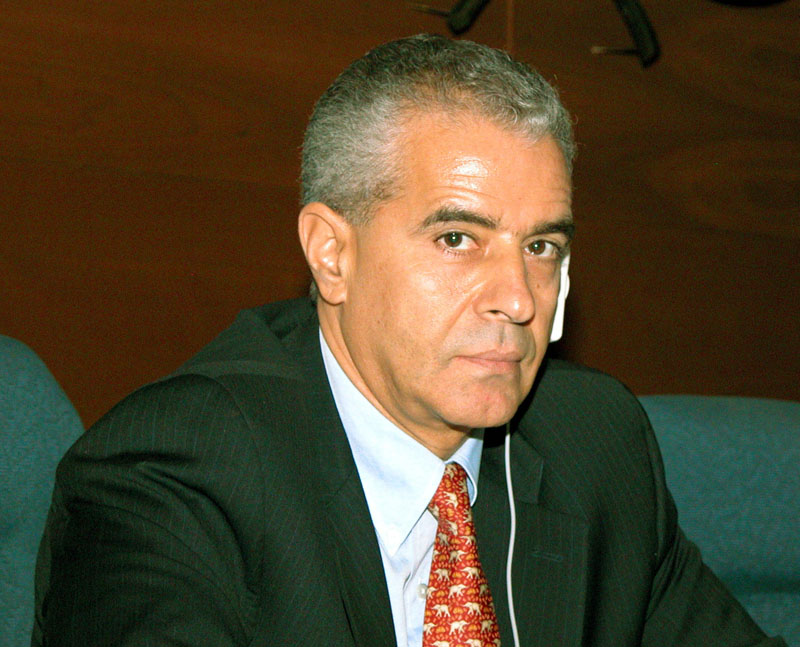Articles, Communications
Message from Mr Djoghlaf to Med-O-Med
Article author: FUNCI
Date of publication of the article: 09/10/2009
Year of publication: 2009
Article theme: Garden, Nature, Science, Sustainability.
Message from Mr Ahmed Djoghlaf, the Executive Secretary ot the Convention on Biological Diversity, to the I Seminar Med-O-Med The Andalusi Experience: a model for the Biodiversity.
7 October 2009, Granada, Spain
“Ladies and Gentlemen,
The great Andalusian philosopher Ibn Rushd, or Averroes, said that “In nature there is nothing superfluous.” I have no doubt that everyone at this conference understands this sentiment, given your commitment to preserving biodiversity. Needless to say, the Convention on Biological Diversity shares your commitment to preserving the diversity of life on Earth.
This is an exciting time in the Convention’s history. Seven years ago the Parties to the Convention established the 2010 Biodiversity Target, a goal to significantly slowing the rate of biodiversity loss worldwide by 2010. To emphasize the significance of this target, the United Nations declared 2010 to be the International Year of Biodiversity. It promises to be a landmark event. In September 2010, heads of state and government attending the sixty-fifth session of the UN General Assembly will discuss the importance of biodiversity for the first time ever. Then, in October, representatives of the 192 member nations of the Convention will gather in Nagoya, Japan, at our historic tenth Conference of the Parties. There we will assess how close we have come to achieving the 2010 Target, and create a comprehensive strategy for ultimately stopping biodiversity loss in the years to come.
Working with Botanic Gardens is essential to achieving our goals. They are one of the primary repositories of the scientific samples that underpin our understanding of biodiversity. Through cutting-edge research, they extend our knowledge of the structure and dynamics of life on Earth, both past and present. Through partnerships, training and capacity-building programs, they strengthen the global capability to address current and future environmental challenges. They are a key forum for direct engagement with civil society, which is indispensable in bringing about the behavioural changes on which our common future and the future of nature depend.
All of this is why the Convention signed a Memorandum of Understanding with six leading scientific institutions in 2006, including the Royal Botanic Gardens, Kew, the Smithsonian National Museum of Natural History, and the Natural History Museum of France. The purpose of the MOU is to leverage the expertise of these institutions in order to implement education and training activities to support developing countries building scientific, technical and policy skills in the area of biodiversity. Since 2006, the Convention’s Consortium of Scientific Partners on Biodiversity has been extended to ten scientific institutions.
The Convention also began to develop a Global Strategy for Plant Conservation in 2002. The strategy’s long-term objective is to halt the continuing loss of plant diversity. It includes 16 outcome-oriented global targets set for 2010 and provides a framework for harmonizing existing initiatives aimed at plant conservation, identifying gaps where new initiatives are required and promoting mobilization of the necessary resources. The Strategy is supported by a wide range of organizations and institutions – governments, intergovernmental organizations, conservation and research organizations (such as protected-area management boards, botanic gardens, and gene banks), universities, research institutes, nongovernmental organizations and their networks, and the private sector.
I look forward to working with you in the future, whether through our Consortium of Scientific Partners, as a part of the Global Strategy for Plant Conservation, or otherwise. Next year presents an excellent opportunity to accelerate our efforts towards preserving life on Earth. I hope that you will celebrate the International Year of Biodiversity in a befitting manner.
Thank you and good luck with the conference”.


